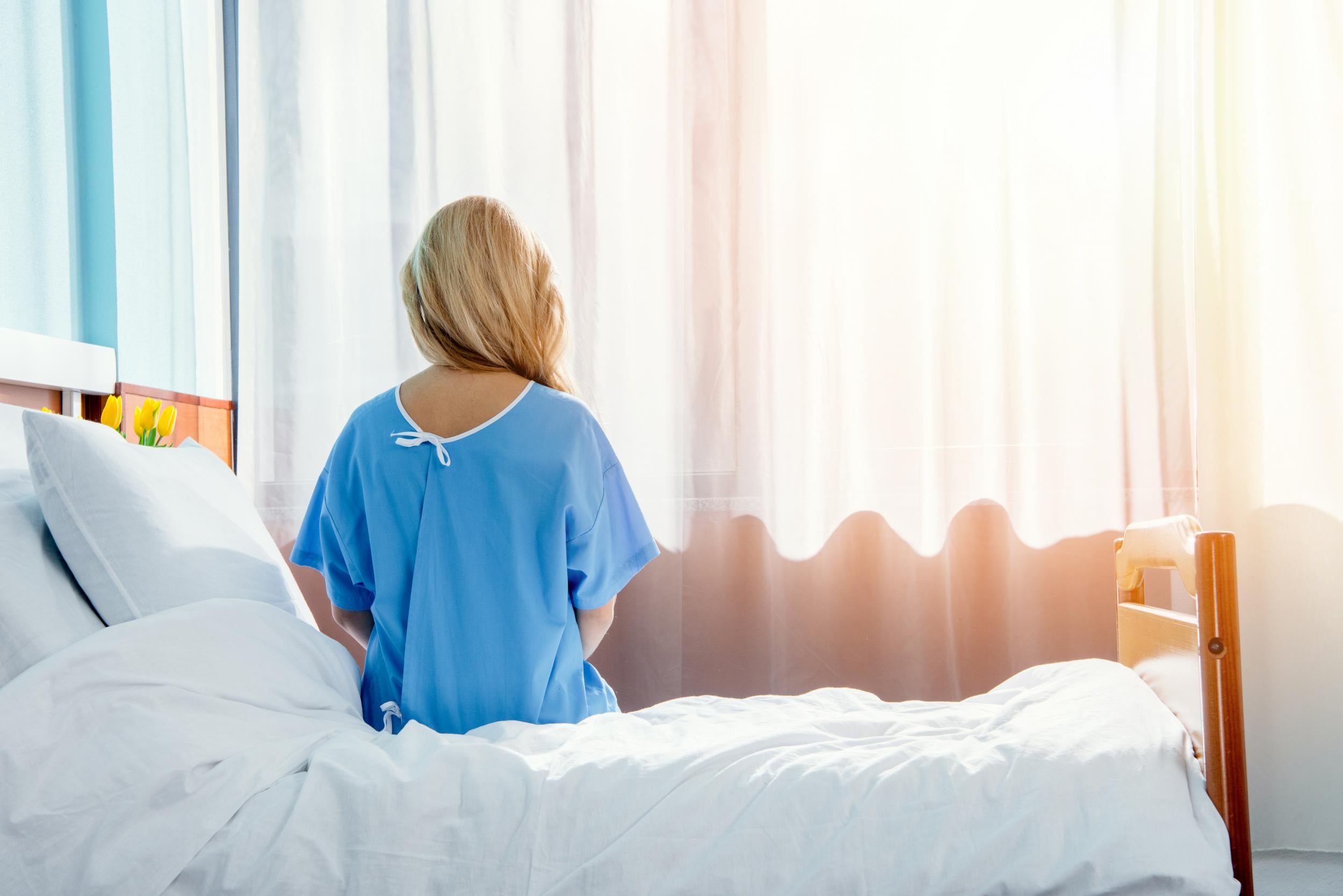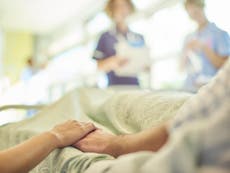The Supreme Court was right to move the law forward on end of life cases
The alternative would have been to prolong suffering for too many people for too long, and that is something most would find themselves unable to do

There are about 24,000 people in Britain in a “persistent vegetative” or “minimally conscious” state. Should they be allowed to die?
Before the Supreme Court made another brave and clear decision, the answer to that was unknown, even accounting for the fact, crucially, that every single case is different. Every case, in principle, would have to be brought to court, regardless of the views of all affected. If relatives and medics agreed that the best thing would be to prolong life or to, indirectly, not prolong life, then that could not be the end of the matter. Indeed, it might not be so even if an officially appointed independent person was appointed to protect the human rights of the unconscious person concerned.
Since the previous landmark case of Anthony Bland, a tragic victim of the Hillsborough disaster, whose circumstances reached the then highest court in the land – the House of Lords – the situation has been that a court must rule on such a decision.
That was not, in and of itself, an unsatisfactory state of affairs: ending a life through judicial or lawful official process is still ending a life. In no circumstances can such a judgment be made lightly; the moral and even practical objections are too strong, given the possibility, admittedly remote, of recovery in exceptional circumstances. Every case is, indeed, different.
Today, medical advances are such that for the very old or very ill, life can be prolonged longer than ever before. The many years people spend in persistent vegetative or minimally conscious states are a testament to new treatments and technologies, and, it must be said, the dedication to the human rights of patients and the right to life routinely respected by medical staff and families. No one, except the evil, would want a loved one dead, and the nature and ethos of the NHS means that the option of life support is usually granted.
Nonetheless, every day, as is quietly acknowledged, the lives of those in extreme ill health and old age typically aren’t artificially extended – through due process and careful clinical actions, with the knowledge and consent of relatives.
Paradoxically, there seems to have been little debate about that; and much more about the particularly traumatic circumstances of those, sometimes very young, who have been robbed of any quality to their lives and who have minimal or nil risk of recovery.
Before the judgment, NHS trusts and relatives were faced with considerable legal bills simply to do what seemed to be fair and in the best interests of the patient, with due official safeguards. Best practice was said to be that every such case should be brought to the Court of Protection, and possibly beyond. Yet this seemed unnecessary in every case, and the treatment of those in persistent vegetative states of minimal consciousness has merely been brought into line with the consensual practice among clinicians applied to those who are mortally ill, as a result of, say, cancer or pneumonia.
The safeguard remains for relatives or legal representatives of those affected to object if doctors suggest running down clinical procedures, and the option of going to law remains open, as it should. This judgment is no charter for indiscriminate euthanasia, but one that moves the moral and legal framework into line with astonishing advances in medical science. There may, it is fair to concede, be cases of abuse and fraud – but those would take place in any case.
The alternative is to prolong suffering for too many people for too long, and that is something the Supreme Court found itself unable to do with a clear legal or moral conscience. They were right to move the law on. As with their decisions on other matters, the Supreme Court judges have displayed a tendency to judicial activism that reflects well on them and their reputation, and above all demonstrates a stout determination to protect their independence from political and media pressure. They represent a necessary check and balance on executive and legislative power. Many will thank them for the lead they have given.


Join our commenting forum
Join thought-provoking conversations, follow other Independent readers and see their replies